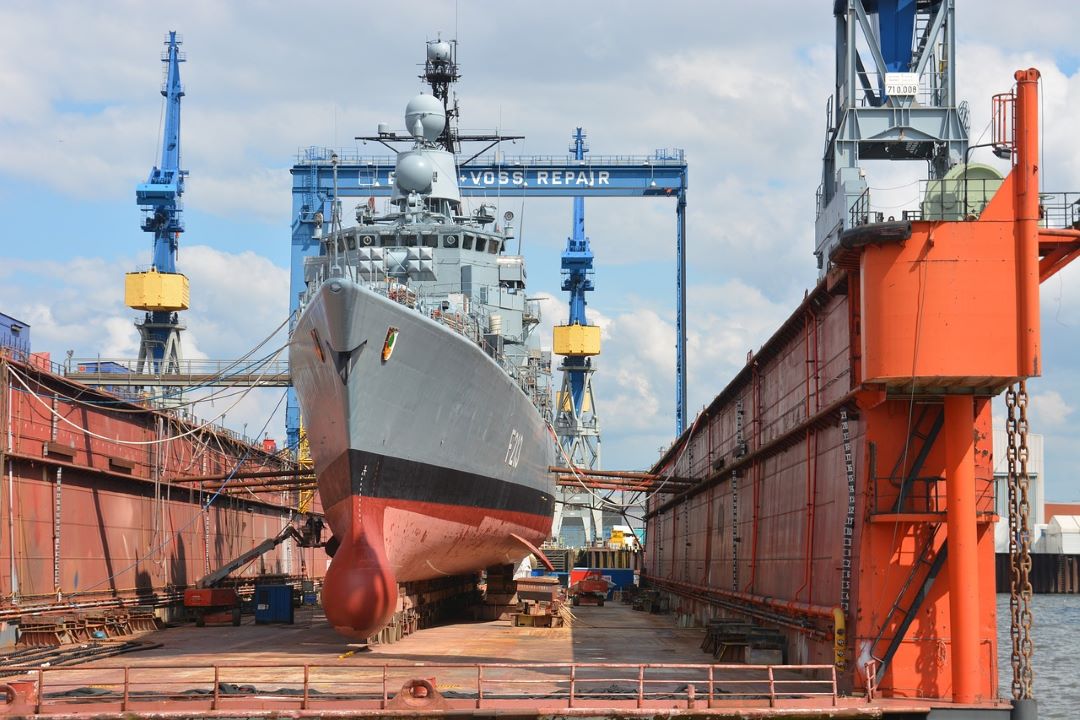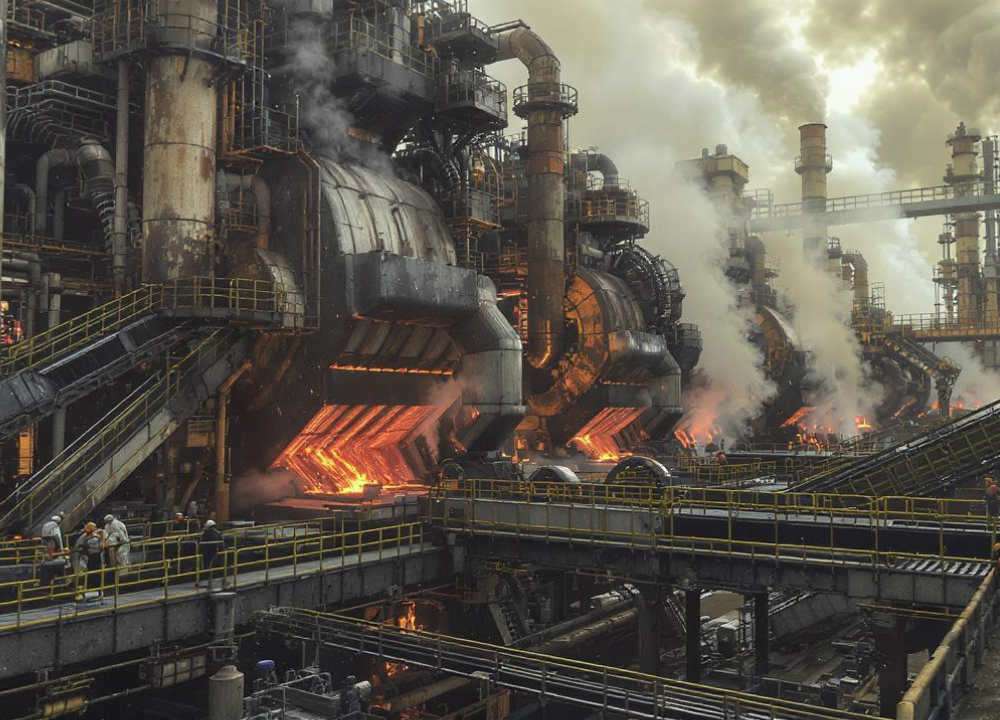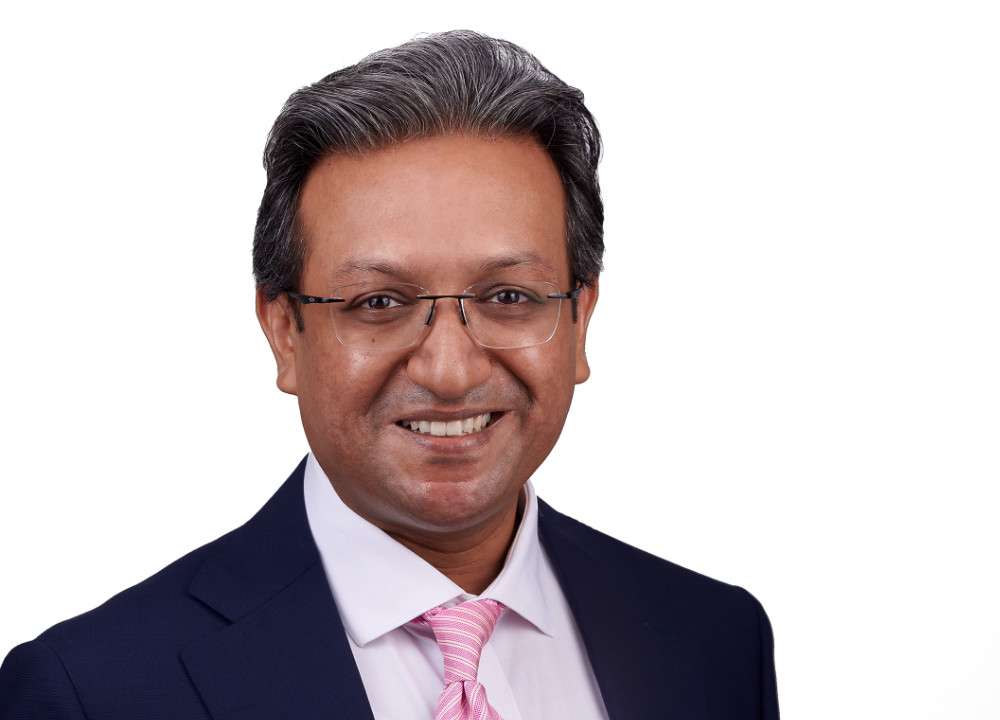Union Minister for Ports, Shipping, and Waterways (MoPSW), Sarbananda Sonowal, announced on Wednesday that shipbuilding and ship repair clusters will be established in five states, including Gujarat, Andhra Pradesh, and Maharashtra.
These clusters are part of a broader strategy to strengthen India’s maritime industry, with the ministry developing dedicated hubs in Maharashtra, Kerala, Andhra Pradesh, Odisha, and Gujarat. Sonowal emphasized the strategic importance of shipbuilding and ship repair to India’s economic growth while highlighting the achievements of the ministry in the first 100 days of the third term of the NDA government.
Over the next five years, the ministry anticipates that container handling capacity will rise to an impressive 40 million TEUs (twenty-foot equivalent units), a growth that is expected to create two million jobs nationwide. Specifically, Jawaharlal Nehru Port Authority (JNPA) will expand its handling capacity from the current 6.6 million TEUs to 10 million, positioning it as a leading player in the global shipping sector.
Additionally, Sonowal disclosed that approximately 3,900 acres of land have been allocated at Deendayal Port Authority (DPA) and V. O. Chidambaranar Port Trust (VoCPA) for the development of hydrogen manufacturing hubs. These hubs are projected to attract investments exceeding ₹5 lakh crore in the coming years, further advancing India’s shift towards green energy.
JNPA is poised to become the first Indian port to achieve a container handling capacity of 10 million TEUs, which will mark a significant milestone in India’s maritime infrastructure. Sonowal also highlighted the development of the International Container Transshipment Port (ICTP) at Galathea Bay, Great Nicobar Island, envisioning it as a major transshipment hub in the region.
In addition to these developments, the foundation of Vadhvan Port, India’s first major port project of the 21st century, marks another major step in the country’s maritime journey. Vadhvan Port, once completed, will be one of the largest all-weather deep-water ports in the world, with a capacity of 298 million metric tonnes per annum (MMTPA).
This mega-port is anticipated to create 1.2 million job opportunities and place an Indian port among the top 10 global container ports, thereby significantly enhancing international shipping connectivity while reducing transit times and costs.
MoPSW Secretary T. K. Ramachandran also discussed the ministry’s progress during its first 100 days, particularly in implementing key reforms such as the establishment of the Indian Maritime Centre and the Indian International Maritime Dispute Resolution Centre.
These initiatives are aimed at elevating India’s status as a global leader in maritime infrastructure and logistics, in line with the Maritime India Vision 2030 and the broader Maritime Amritkaal Vision 2047, which focus on sustainable growth and enhanced global connectivity.
Regarding the Chabahar Port project, Ramachandran confirmed that the contract signed by the Indian government has been operationalized successfully, with the port performing well. He further highlighted India’s efforts to expand its global reach, noting that India Ports Global Ltd (IPGL) is taking over operations at several terminals in ports located in Sri Lanka, Myanmar, and Bangladesh.
Rajesh Kumar Sinha, MoPSW Additional Secretary, also stated that the ministry is working on proposals to incentivize vessels that utilize green fuel, demonstrating a commitment to environmentally sustainable maritime operations.







